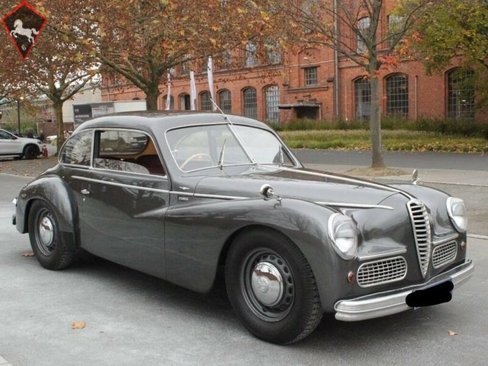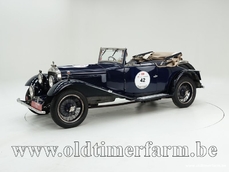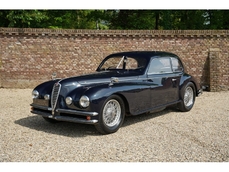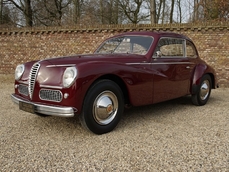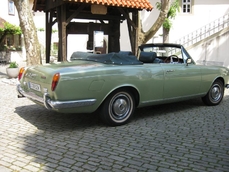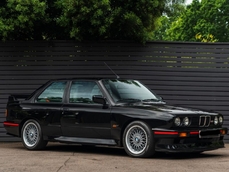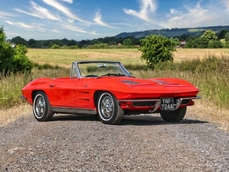Alfa Romeo 6C 1750 2500SS Berlinetta (1951) – 19,000mls – €220,000 1951
General description :
FOR UK BUYERS*£184,000Due to Brexit you’ll have to pay a classic car tax between 5-10% on top of the asking price when importing the car to the UK.I can assist with transport and/or offer a door-to-door service including transport & export paperwork – please ask me for my fees.THIS CAR IS LOCATED IN GERMANY and sold on behalf of the German owner. Initial communication organised by us with direct contact to the owner/seller once serious interest is confirmed. We can assist with the transport. The small print in large – always happy to answer any questions you may have. All offers are, unless otherwise agreed upon in writing, non-binding and subject to confirmation and to prior sale. All information given is based on the best knowledge and the seller’s information.*The advertised €-price is the fixed price, the other currencies are indicative and need to be calculated at the daily exchange rate, contract directly between buyer & the seller in € at the seller’s T&Cs.
1951 Alfa Romeo 6C 1750 2500SS Berlinetta (1951) – 19,000mls – €220,000 is listed for sale on ClassicDigest in United Kingdom by Tom's Car Connections for €220000.
Car Facts
Car type : Car Make : Alfa Romeo Model : 6C 1750 Model Version : 2500SS Berlinetta (1951) – 19,000mls – €220,000 Engine size : 0.0 Model Year : 1951 Location : United Kingdom Vehicle Registration : Undefined
220000 €
People who viewed this Alfa Romeo 6C 1750 also viewed similar Alfa Romeo listed at ClassicDigest
Other cars listed for sale by this dealer
About Alfa Romeo 6C 1750
The Alfa Romeo 6C 1750 was a high-performance car produced by Alfa Romeo between 1929 and 1933. It was designed to replace the earlier Alfa Romeo 6C 1500 and was considered a significant step forward in automotive engineering and design. Here is a brief history of the Alfa Romeo 6C 1750 and its development:Design: The Alfa Romeo 6C 1750 was designed by Vittorio Jano, a renowned Italian automotive designer who had previously worked for Fiat and Lancia. Jano was known for his innovative designs, and the 6C 1750 was no exception. The car featured a lightweight body, advanced suspension, and a powerful engine, all of which contributed to its impressive performance.
Engine: The 6C 1750 was powered by a 1,752 cc inline-six engine that produced up to 85 horsepower. This engine was one of the most advanced of its time and featured a number of innovative technologies, including twin overhead camshafts and an aluminum cylinder head.
Racing success: The Alfa Romeo 6C 1750 was a successful racing car, winning numerous races and championships throughout its production run. The car's success on the track helped to cement its reputation as a high-performance machine and made it a favorite among racing enthusiasts.
Evolution: Over the course of its production run, the Alfa Romeo 6C 1750 underwent a number of changes and upgrades. These included the addition of a supercharger, which increased the car's horsepower to 102, as well as various changes to the car's chassis and suspension.
Overall, the Alfa Romeo 6C 1750 was a significant car in the history of automotive design and engineering. It was known for its advanced technology, sleek design, and impressive performance, and it remains a favorite among collectors and automotive enthusiasts today.
